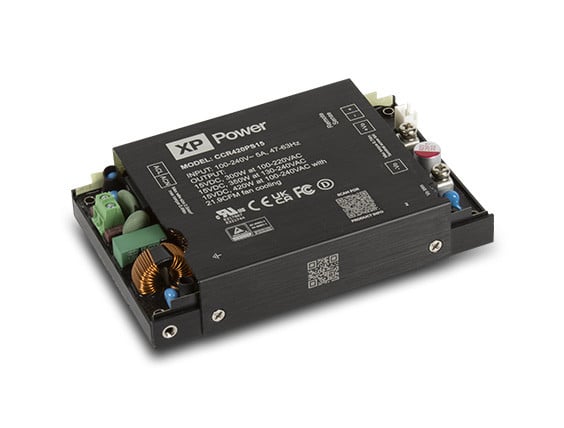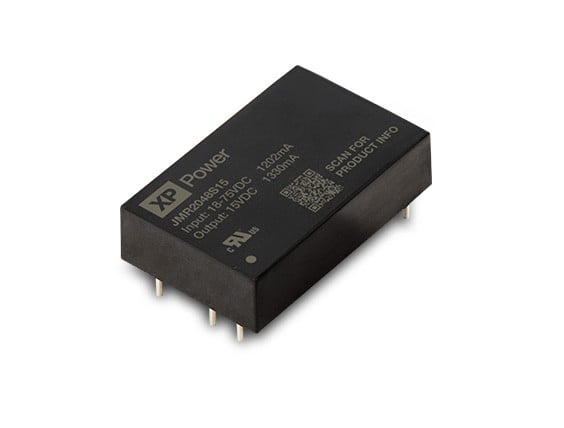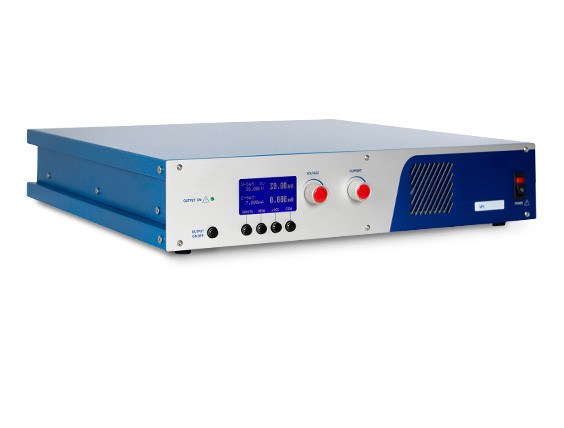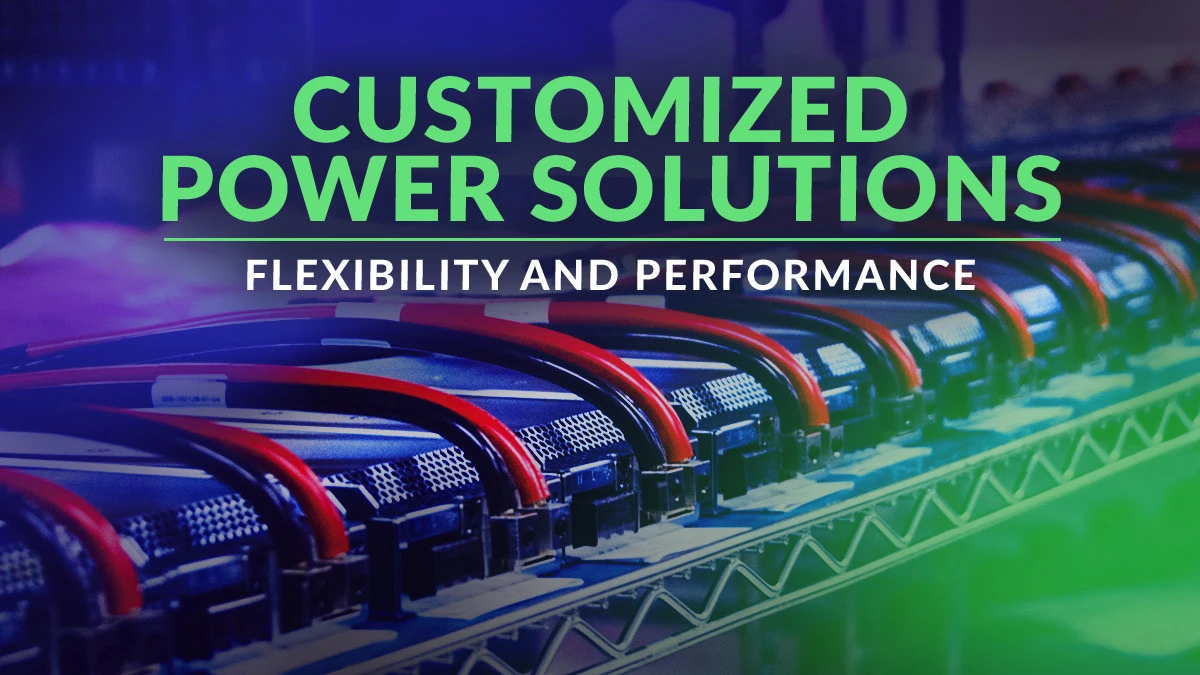
“Green” label are designed to maximise efficiency across the load range
Power supplies marketed under the “Green” label are designed to maximise efficiency across the load range (average active mode efficiency) and minimise power consumed at no load. Active mode efficiency is the average of four measurements made at 25, 50, 75 & 100% of full load. The EU Code of Conduct also introduces a minimum efficiency at 10% load to cater for applications where the power supply spends extended periods at light load.
There is worldwide legislation aimed at External Power Supplies (EPS), due to their proliferation and that these products are often left connected to the AC supply when not in use. Legislation includes the European ErP directive (Energy-related Products), EU CoC (Code of Conduct), DOE (United States Department of Energy), CEC (California Energy Commission), EISA (Energy Independence & Security Act), NRCan (Natural resources Canada) MEPS (Minimum Efficiency Performance Standards, Australia, New Zealand, Korea and others).
Enabling users to meet green criteria
In Addition, there are a growing number of manufacturers applying similar standards to component power supply specifications, designed to enable users to meet green criteria for end applications, such as XPs Green Power range of power supplies.
A commonly used approach for green mode supplies in the 100 – 500W range is the variable frequency LLC half-bridge converter used in conjunction with an active Power Factor Correction (PFC) boost converter & a control scheme to meet green requirements in terms of efficiency, no-load power consumption and the higher power factor at 100W and above.
Both the power factor correction stage and the LLC converter are typically variable frequency, the LLC converter by its nature and the PFC if it uses a quasi-resonant topology such as transition or valley mode switching. Changes in the PFC switching frequency are greater than the LLC as it must cope with both output load and AC line changes while the LLC stage need only deal with changes to the load with the active PFC stage providing the stable input to the LLC stage.
Unlike the PFC and Fly-Back combination, where the PFC converter can be disabled at light loads to reduce power consumption and allow the main converter to operate over a wide input range, the variable frequency LLC converter is unable to control significant variations in input voltage meaning that even a light loads the PFC must continue to run and regulate the supply to the LLC power stage.
The result is, in order to regulate the output, maintain efficiency and reduce no & low load power consumption, both the PFC and the LLC converters enter a burst switching mode. An effect of the burst switching of the PFC converter is a lower power factor and non-sinusoidal input current waveform at lighter loads.
The oscilloscope trace below shows a typical converter running at 10% load, both converters are running continuously under this load condition.
As the load reduces further the converters enter the burst switching mode, the oscilloscope trace below show the same converter running at 1% load. The converters started switching in bursts of 400uS with a repetition rate around 800Hz.
At zero load the switching bursts are of minimum duration and the repetition rate has reduced to around 50Hz. Each burst of switching creates a peak of power consumption which is averaged over time to comply with the overall no-load power requirements.
As with other green mode topologies, a side effect of burst switching can be audible noise at no load or very light load. Components with parts which can move under electrical stress can act as transducers and emit audible noise. These may be wound components, filter capacitors, line capacitors & snubber capacitors.
Steps are taken in the design to mitigate audible noise such as varnish impregnation of transformers, changing ceramic capacitors to film types in key areas to avoid piezo electric effects and controlling burst frequency to avoid the area’s most sensitive to the human ear (2 kHz – 4 kHz).
These steps may not eradicate audible under all conditions but go a long way to minimising the effects.








